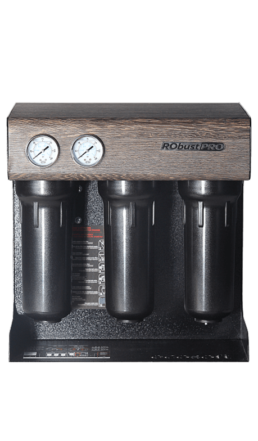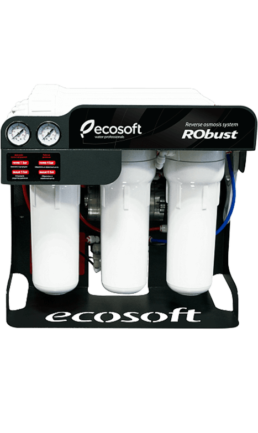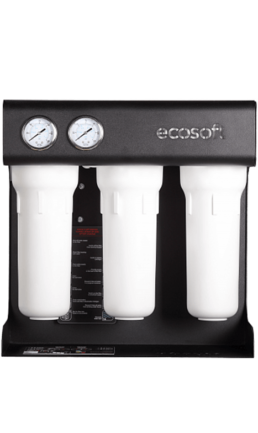HEAVY METAL REMOVAL
Removing heavy metals from water.

Heavy Metal Removal
Heavy metals are extremely diverse and their removal at the different stages in a treatment system will vary from element to element.
Water supplies can be contaminated with a variety of impurities. These include disease-causing organisms, chemicals, pesticides, and chlorine. However, some heavy metals are can also make water unfit for human consumption. These are metallic elements that exist naturally in the earth’s crust and have a high atomic weight or specific gravity. Copper, zinc, and selenium are some heavy metals which are required by the human body in trace amounts but an excess of these can prove toxic. On the other hand, some others like lead, arsenic, and mercury and extremely dangerous for human beings even if consumed in small amounts.
These dangerous elements make their way into water supplies for a variety of reasons. It is therefore essential to be aware of the hazards of heavy metals in drinking water so that these can be handled properly.
Common heavy metal water contaminants are; Lead, Mercury, Arsenic, Cadmium, Aluminium, Iron and Chromium
Coagulation using aluminium and iron salts is very effective for removing silver, chromium and tin; lead, vanadium and mercury levels are reduced by between 50 and 90%; copper (in some cases), cadmium, zinc, nickel and barium are not effectively removed. Cobalt, molybdenum and chromium are not reduced at all. Chromium can be satisfactorily removed by reducing it to chromium (III) with ferrous sulphate, precipitating hydroxides.
The amounts of PAC normally used (20 g · m–3) have little effect on the elimination of heavy metals.
Methods for removal of some trace amounts of toxic metals include distillation, ion exchange, reverse osmosis, and activated carbon filtration. Some further methods are listed below;
Sand Filtration: Having no inherent action, filtration merely removes the metals contained within the floc that has escaped from the settling tank.
Granular Activated Carbon (GAC): During a second stage, filtration through GAC will result in a satisfactory reduction of unwanted or toxic ions. Silver and mercury will be totally removed while lead and copper levels (excluding nickel) will fall below the guidelines set.
Pre-Chlorination: Combined with coagulation-sedimentation, sand filtration and filtration through GAC, chlorination will improve heavy metal removal, especially when the amount of chlorine used is slightly higher than that applicable to the critical point.
Carbonate Removal: Carbonate removal using lime, albeit partial, will be accompanied by a noticeable reduction in most heavy metals (except Cr(VI) and organic Hg).
Detection of heavy metals in drinking water supplies is extremely difficult because these can neither be seen nor smelled. A water test is the only way to establish their presence. Once you come to know that your home supply is contaminated with toxic metals, it becomes essential to resolve the issue.
Products that remove heavy metals
ROBUST PRO

A compact high-capacity reverse osmosis unit for use in preparing barista coffee and other hot beverages. Its multi-stage filtration system purifies water and enriches it with minerals essential for perfect coffee taste and aroma.
ROBUST 1000

A compact high-capacity reverse osmosis unit for use in a professional kitchen. It produces clean and safe water for general catering use. Output 55 to 60 litres per hour.
ROBUST 1500

A compact high-capacity reverse osmosis unit for use in a professional kitchen. It produces clean and safe water for general commercial catering use. Output 75-80 litres per hour.

